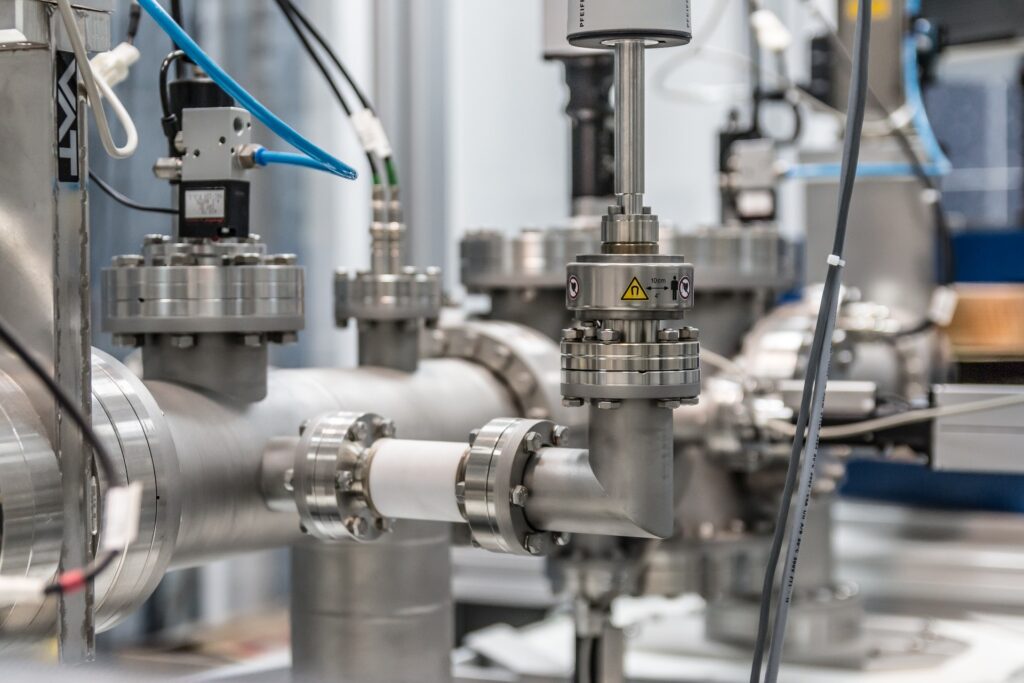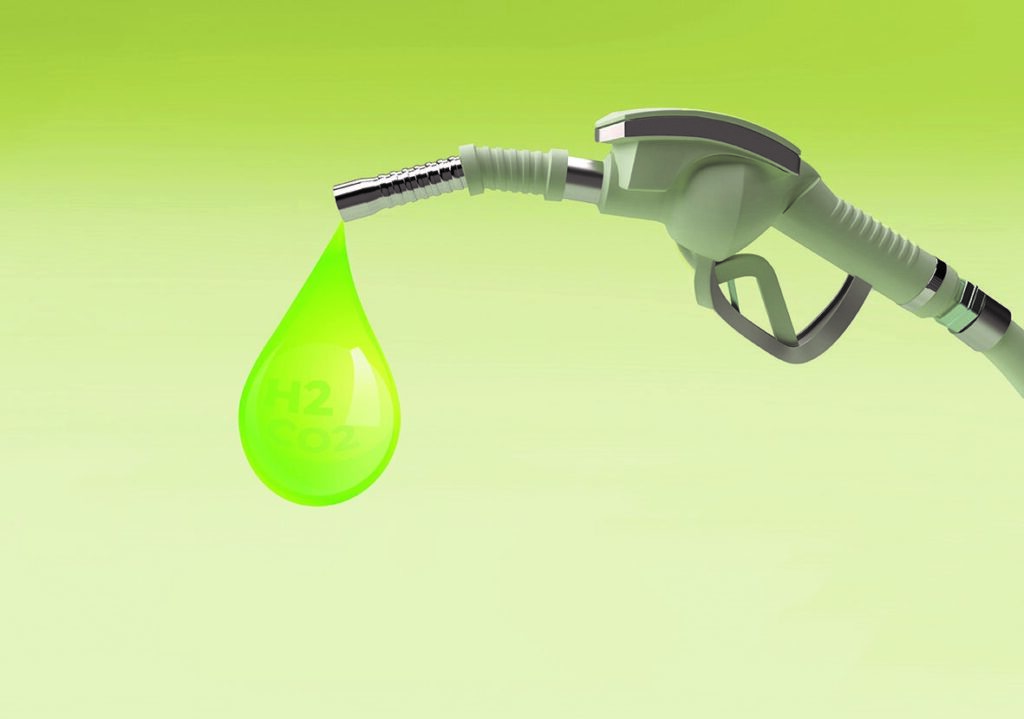Egypt plans to reach 10.5 million cubic meters of desalinated water per day by 2050 at an implementation cost of around $10 billion, Ahmed Kamal Moawad, vice chairman of the Holding Company for Water and Wastewater (HCWW) told an audience of AmCham members from the Industry & Trade Committee in early December.
Locations proposed for the desalination initiative span mainly along the Mediterranean coastline, the Red Sea and the Sinai Peninsula. Moawad noted that looking for unconventional sources of water such as desalination is key for Egypt to secure its water supply.

Wastewater treatment
“Unfortunately, Egypt only treats about 14.1 million cubic meters of water per day, of which the HCWW processes 12.2 million, or about 87% of it across 504 wastewater treatment plants and 53,000 kilometers of distribution networks with 8.7 million subscribers,” Moawad said.
Wastewater coverage of the overall population stands at around 65% with the vast majority being in urbanized areas.
“We are expecting to reach by 2037 the demand of 42 million cubic meters per day, and the same applies for wastewater as we expect by that same year to treat about 33 million cubic meters per day,” Moawad explained.
Owing to environmental laws and regulations which Moawad maintained the HCWW was bound to, the effluence from the HCWW’s treated water supply comes mainly from secondary treatment plants, which make up a large chunk of its treated water at 10.5 million cubic meters per day compared to just 1.1 from primary treatment facilities.
Water scarcity
Moawad touched on the issue of water scarcity as a global challenge that is being exacerbated by climate change.
Egypt is below the poverty line in terms of water stress, defined as 1000 million cubic meters per year per capita. This poses a threat to Egypt’s current water supply and this is why “we have to [engage] in further interventions to accommodate this deficit.”
Our capacity from the Nile, which is 55.5 billion cubic meters per year has been a constant for 30 years. “With the increase of population and development … we need to explore [alternative] sources including desalination, reuse, and non-revenue and water conservation options,” he said.

Non-revenue water
Non-revenue water is a significant topic to address as Moawad covered its implications in his talk stating that Egypt has made a loss of 27% in the fiscal year 2021/22, defined as leakage losses across the distribution networks. Losses are both commercial and physical.
“Commercial losses reflect the theft that we are encountering, where people tap into the pipes illegally and use water for crop irrigation which is not the mandate of the water we are producing,” Moawad said.
Remarking on the difficulty in rectifying these losses in non-revenue water, Moawad touched on examples of developing countries like Japan, whose equivalent metric of water loss stands at only 7%. “Honestly and truly, it is very difficult because countries like Japan are solving the problem by using stainless steel pipes, which we cannot afford.”
The loss reduction strategy that has been developed by the HCWW in response to this involves; providing necessary equipment, activating routine scanning plans of networks, accessing international funds for leak detection, dividing all networks into districts, studying loss reduction specific to each district, pressure management, and monitoring.
Moawad expects to attain a loss reduction of 10% over a period of 10 years.
Additionally, Egypt is blessed with its irrigation and drainage systems in its agricultural sector,” Moawad said, and the HCWW has established a “master plan” for drainage across 1,362 villages in Egypt’s rural areas with a population of around 12 million, in accordance with the World Bank and EBRD as well as other Arab funding. This plan is based on delineating the watershed of the main drains so as to ensure that the drains are properly discharging water, with 15 projects to this effect currently underway.
About HCWW
The state-owned company serves over 100 million Egyptian inhabitants across 253 cities and 4,740 villages, Moawad said, citing statistics from CAPMAS. The company was established under the Ministry of Housing in 2004 and currently operates 25 subsidiary companies with 130,000 employees.
Egypt produces 32.7 million cubic meters per day, of which HCWW is responsible for 25.5 million cubic meters, with a total of 164,000 kilometers of wastewater distribution networks, some of which Moawad explained have been in operation for a century.
The amount of water treatment facilities is split between filtration and well plants, the former with 1,089 operating and the latter with 1,582, there are also a total of 84 desalination plants under the purview of the HCWW.
The source breakdown for the water that the HCWW is responsible for predominantly comes from the River Nile (86%) while artesian well water sources (11.2%) and desalinated water (2.8%) make up the rest.







